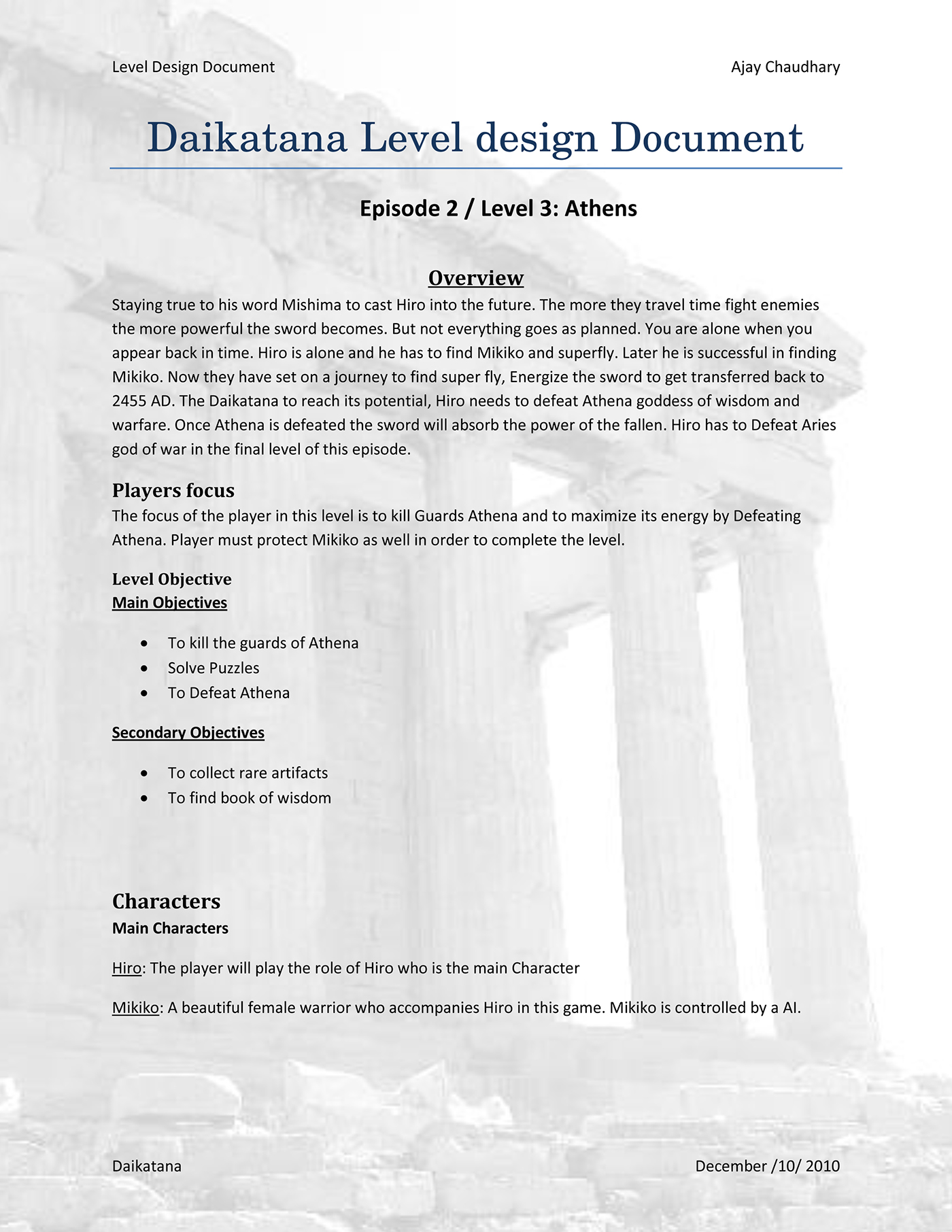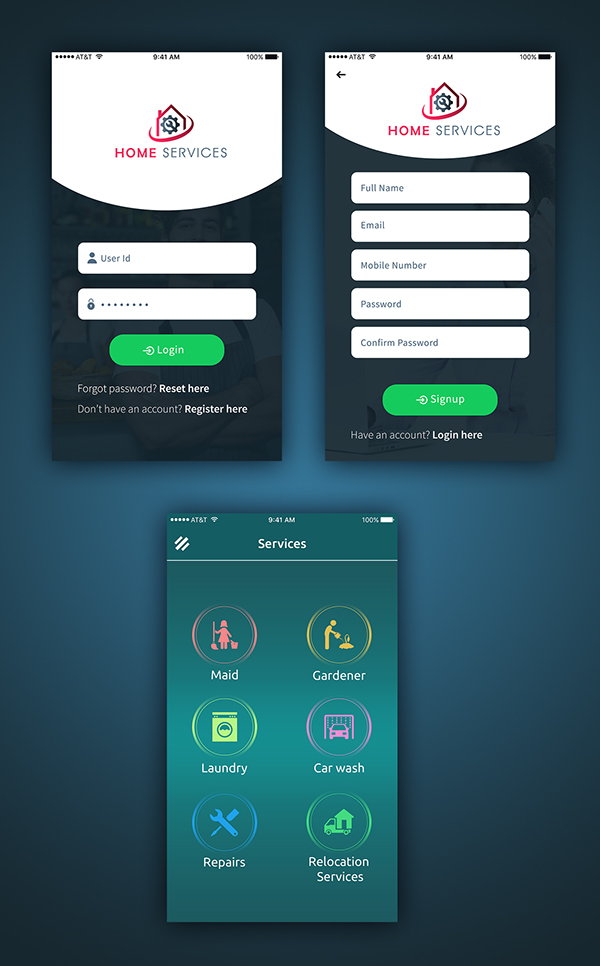Table Of Content

A Game Design Document, or GDD for short, is typically a detailed guide that can be used to keep track of the core themes, styles, features, mechanics and ideas of your game project. If you’re going to outsource your game’s development, you only need to write the title, elevator pitch, and your desired budget and timetable. A document containing only the project overview is sometimes called a Game Concept Paper and it’s enough to fire up a project.
Agile game design documentation
Ultimately, the game design document is supposed to help you and make things flow more easily. It shouldn’t be a burden or a “chore.” It might not be the sexiest part of game design (we’re still not sure one exists), but it is a worthwhile endeavor (at least on paper). The whole point of the game design document is to keep everyone on the same page. Words aren’t always the best way to do this, so don’t be afraid to supplement your explanations with visual material.
Master How to Make a Game Design Document: Your Essential Guide
Still, even a simple GDD can help you stay organized, and keep a clear focus as you build your game. Although often considered a laborious task, a well-planned GDD often serves as an ultimate savior in times of confusion. It is a bank, full of ideas that can be referred to at any point in time. Investing in a GDD project and enhancing its quality can often reflect an improvement in the core developmental process of your game design.
Goals
If your game is something like Tetris or Space Invaders or Asteroids... In other words, games where the Story is practically non-existent and they won't have any effect on the game mechanics, I agree it's the right thing to jump right into Chapter 4 of the template. These GDDs are characterized by their conciseness and visual focus. They effectively convey core ideas and information in a compact format. On the other hand, for smaller projects or uncomplicated games with direct mechanics, a GDD may not be necessary.
How to Write a Game Design Document - Game Developer
How to Write a Game Design Document.
Posted: Fri, 10 Sep 2021 11:30:56 GMT [source]
Steps to writing a game design document
All team members are actively encouraged to review and add to the queue (and all other sections of the GDD). This helps designers track any issues that occur as the document grows and keep data clear and consistent. Additionally, it provides the designer with a place to review commentary on the game design prior to group meetings and preemptively look for solutions. As you put this into practice, keep sticking to these principles of clear communication and focus on specific goals. Your docs will help nail down the core idea behind your game, the art style, the feel of the gameplay, and so on. I hope this post has provided some practical and actionable insights and steps to approach your game design document.

The characters and settings in the story section should exhibit depth and clarity, supported by detailed information that contributes to the game’s storyline and their significance within the game world. The game overview section offers a high-level summary of the game’s core features and objectives. Think of the title page as the beginning of the ‘cover letter,’ but for game design. For example, a title page will include the title of the project, like ‘The Witcher.’ The title page will also include many other aspects listed below. The Game design document becomes a clear list of “next tasks” while also serving as a way to keep everyone moving forward towards the same goal.
Please mind that you don’t need to describe every little action like jumping or crouching unless they play a significant part in your game (like jumping in Mario). This research should definitely include your target audience’s age, sex, and occupation. In addition to that, you might research metrics such as Daily Active Users of the target genre. The more information you have, the better your chances of financial success. I’ve filtered out all the broken links and other tangential docs that are not specifically GDDs.

These GDDs are curated, compiled, and re-organized from /r/gamedesign, Mikael Segedi’s collection, and gamedocs.org. And remember the doc is just a structure, you have to be able to clearly articulate and demonstrate you designs decisions, which is a result of having a clear field tested design methodology. A reader should be able to glance at your feature doc and walk away with a decent grasp of what you’re after. With just a few paragraphs you have a general idea of the idea behind my game. A few paragraphs quickly outline the key narrative and gameplay foundations of the game.
Examples of Game Design Documents
When everyone is clear on the design up-front, you can avoid needless debate, confusion, miscommunication, and wasted time. They noted that working with concept artists and art directors early on in the GDD process can be helpful as well, and that specificity will always be your friend here as a designer. While a great deal of AAA design documentation is mired in secrecy, there are plenty of examples of GDDs out in the wild. This is an excellent place to define player experience goals—always centering what you want your player to feel as they are playing your game.
Remember that anyone — from artists to marketers — may refer to this when working on the game. If you make the game design document a reflection of the fun behind the game and personality of your team, your team will be more willing to reference it. No one wants to open a document that’s going to suck the fun out of them. It should provide a firm platform from which you can explore different game ideas. If you find too many ideas creeping into your game, you can go back to the game design document and refocus. A game design document can be a lot of work to iron out, but you’ll find that the upfront effort can be worth it in the long run, especially for complicated concepts.
There are many other examples you can use to get started – below are links to a few of them. Finally, including a timeline with development milestones clearly called out is a good way to visualize your plans for the team. It doesn’t have to be exact or include everything, but it can be a quick way for stakeholders to refer back to the plan and ensure everyone stays aligned. Sharing the GDD with your team and other stakeholders, such as investors, is also an opportunity to get feedback and allow them to ask questions about your game. You can refine and clarify your ideas further before getting too far into development, where it will be harder, and more costly, to make changes. While the programmers will be the ones fixing bugs, they won't be the only ones finding bugs.
You have a great new game idea and you are itching to start building it right away. It's a feeling painfully familiar to most game developers, whether they are beginners preparing to create their first game, or seasoned professionals with a proven track record in the industry. There are many great game design document examples to draw inspiration from.
For example, developers may choose to keep the document as a word processor document, or as an online collaboration tool. Use the Technical Requirements section to list any hardware, software, or game-engine specifics for your game. Start by specifying the game engine your team will use to build the game, because that will impact many other ares of development, from programming to art asset creation. You can also include any concept art you or your team may have made.

No comments:
Post a Comment